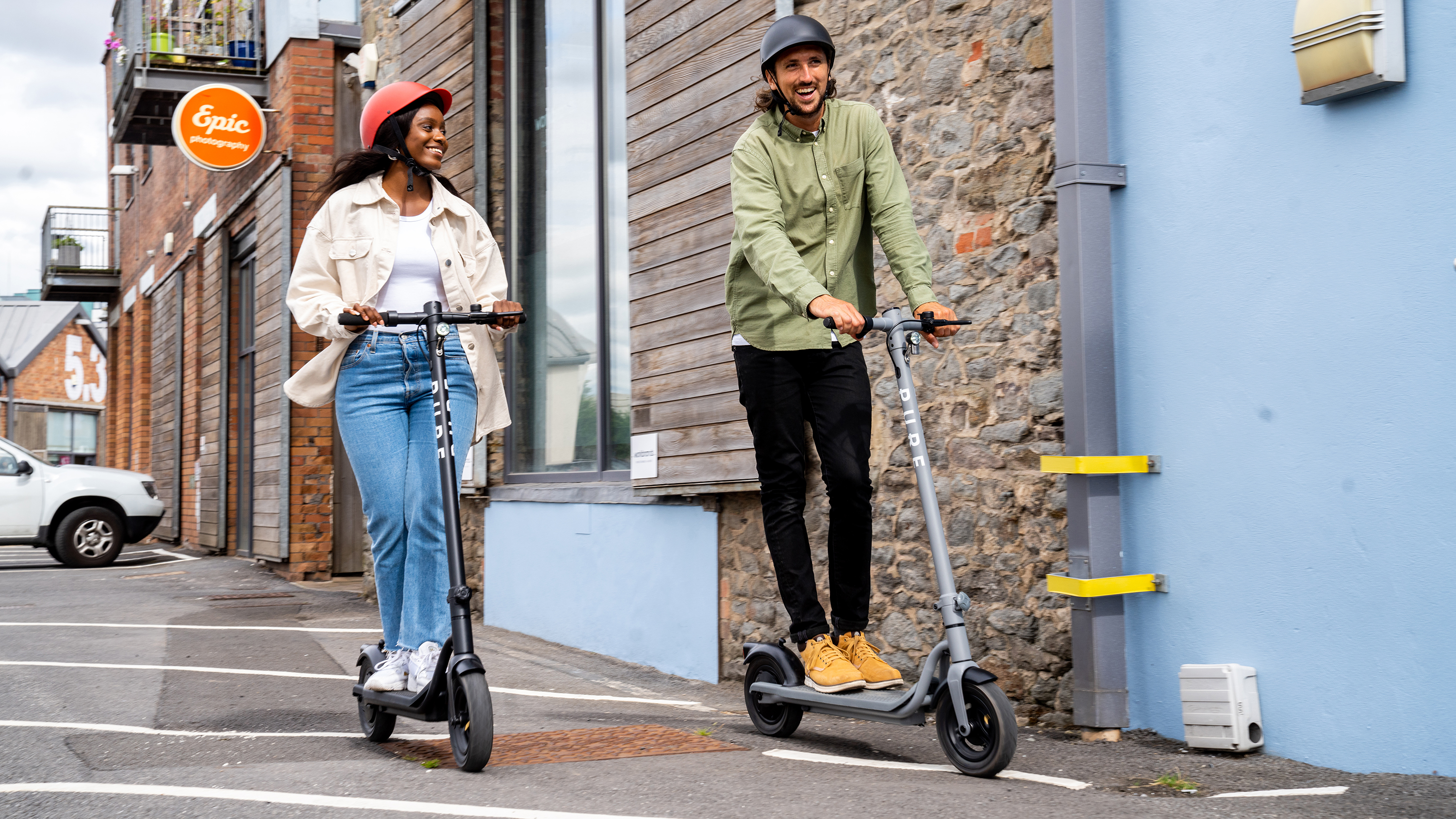

So you’ve made the decision to buy an electric scooter (hopefully one recommended in our best electric scooter guide) but do you know how to ride it safely? Here’s everything you need to know to ride an electric scooter for the first time.
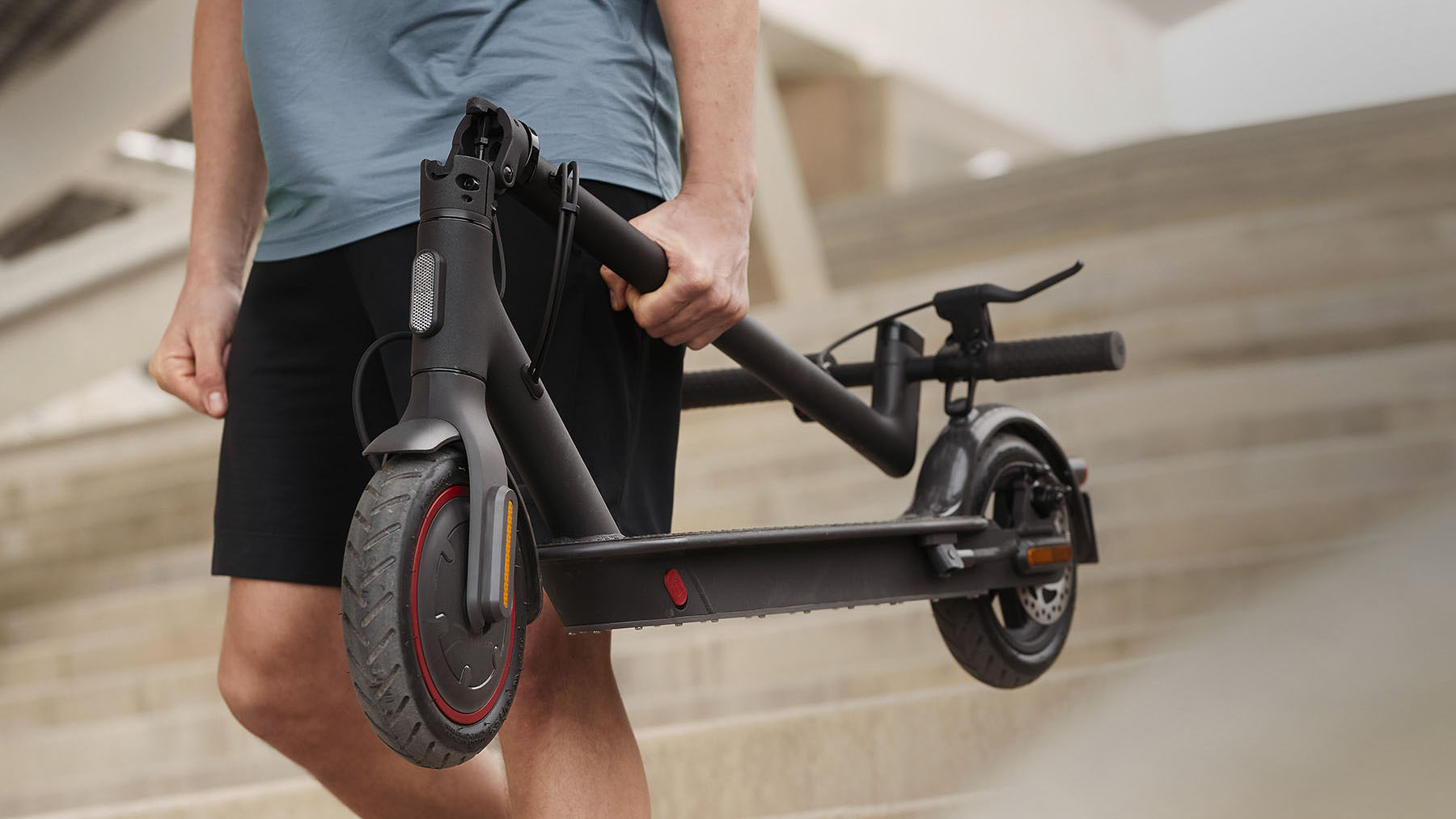
1. Charge-up the battery
It might seem obvious, but you don’t want to go out on a practice ride only for the battery to run down when you’re far from home and have to walk it back. So before you do anything, plug in your electric scooter overnight to fully charge the battery.
2. Get the gear
Do you need to wear a helmet on an electric scooter? Absolutely you should. An electric scooter – like any vehicle – can be dangerous, and the faster you go, the more risk there is of having an accident. Most electric scooters go at least 15mph and some go as fast as 30mph, so it’s imperative you wear a helmet to protect yourself if you fall off and hit your head.
However, a helmet isn’t the only safety gear you should consider when riding an electric scooter. Knee pads are a good idea, as is reflective clothing, which will make you much more obvious to other road users in the dark or in low light. If your electric scooter doesn’t have its own LED headlights you should accessorise; just having reflectors or a rear light is not enough.
For more suggestions check out T3's best electric scooter accessories guide.
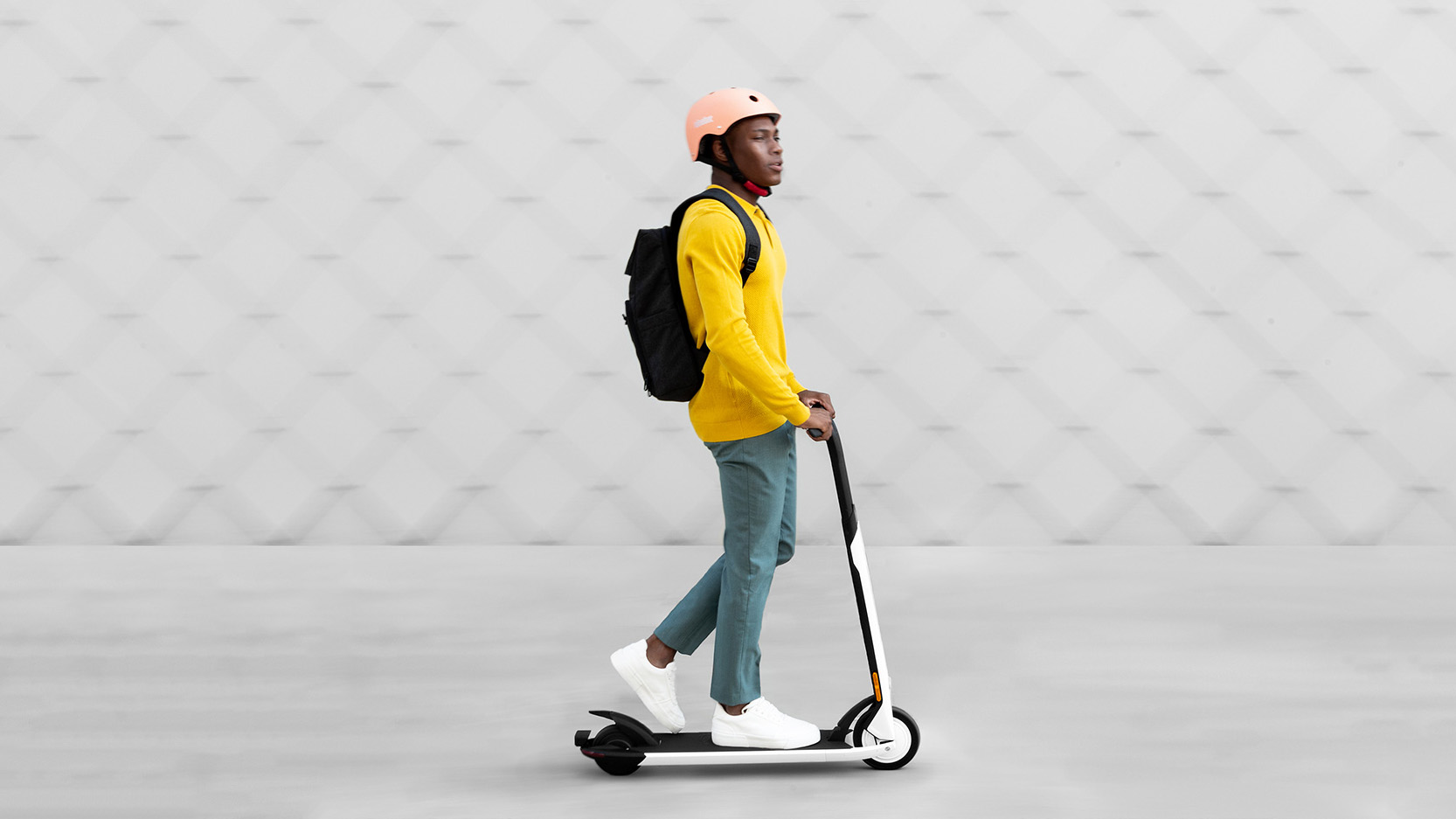
3. Master the basics
Riding an electric scooter is no more difficult than learning how to ride a bicycle, but there are some things to know, and precautions to take, before you embark on your first journey. The first is posture. Stand on your electric scooter’s footboard with your feet apart, one in front of the other, leaving plenty of room between you and the handlebar stalk. Bend your knees slightly and hold the handlebar with both hands.
The key is to keep a relaxed stance and stay balanced no matter what terrain you go over – and that means bumps, potholes, gutters and kerbs. If you think you’re going to crash or fall off your electric scooter, jump off it. Always keep your eyes on the road and your route ahead … and never wear headphones, or even think about checking your phone while riding.
Sign up to the T3 newsletter for smarter living straight to your inbox
Get all the latest news, reviews, deals and buying guides on gorgeous tech, home and active products from the T3 experts
4. Practice makes perfect
Find yourself a quiet place to practice riding a new electric scooter. Perhaps an empty car park, or a back alley. Somewhere you can safely ride your scooter up and down, starting with a slow speed and experimenting with higher speeds, without there being anyone else around.
Master the controls on your electric scooter with an emphasis on acceleration and braking. You should also practice turning – which is perhaps the hardest technique – and get a feel for how big your turning circle is. It’s also worth unfolding and folding your electric scooter a few times so you can do it quickly and efficiently for the next time you arrive at a train station or at the office and need to quickly stow it.
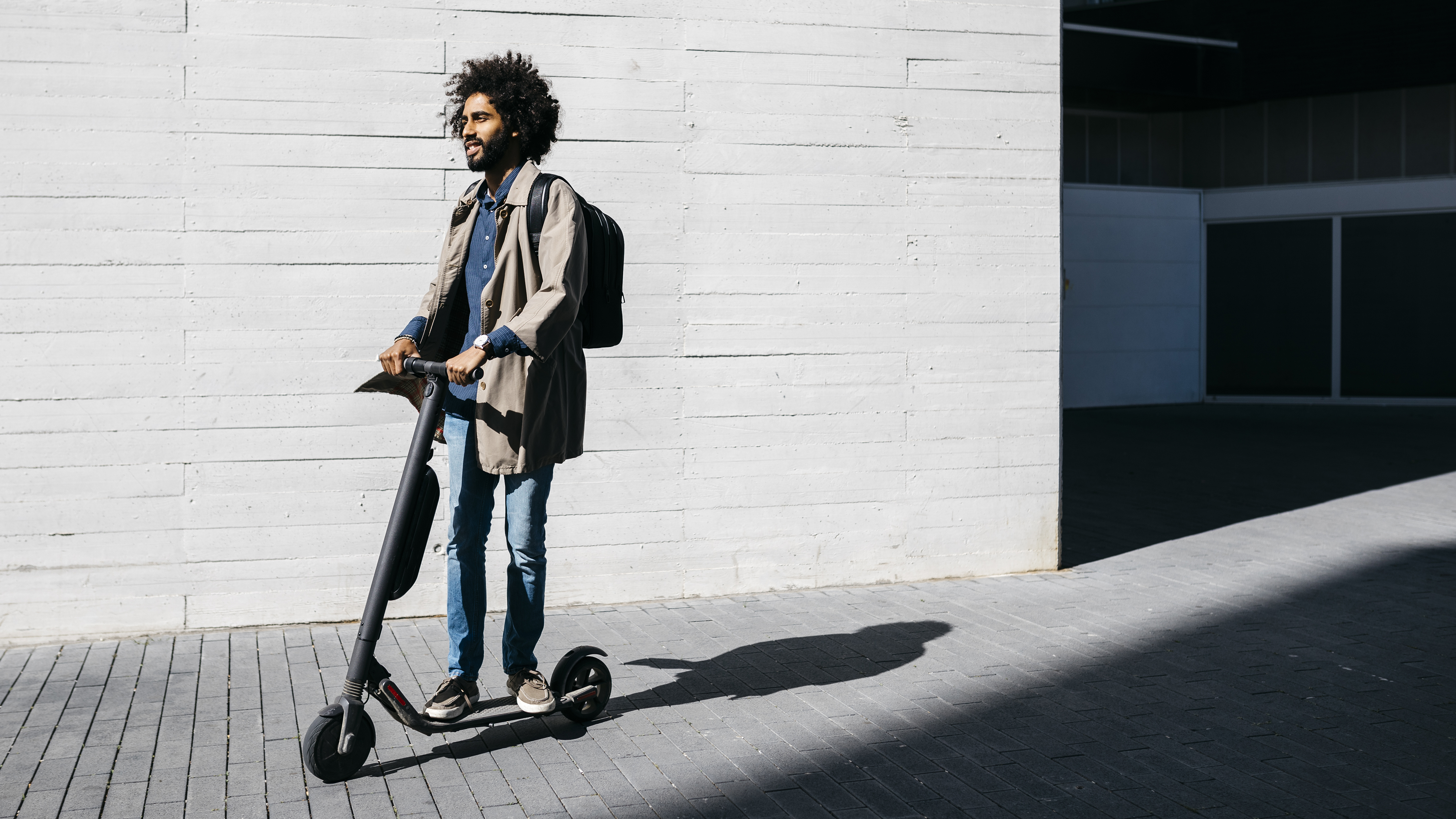
5. Keep your distance
Know how to stop your electric scooter. Have a go at braking and get a fix on your stopping distance – how long it takes to come to a complete stop – which will vary according to your own weight and the speed you travel at. Knowing your stopping distance will give you confidence to judge when to brake when out in the wild.
Electric scooters come with various kinds of brakes, from disc, drum and foot brakes to regenerative and electronic brakes. Most electric scooters have a front electronic brake and a rear mechanical brake. The very safest electric scooters will use disc brakes and have independent brakes on each wheel. If your electric scooter has a manual foot brake on its rear mudguard, you should prioritise practicing your technique before venturing out in public.
6. Take care on rainy days
This applies to all riders of electric scooters, but particularly those on models that have brakes only on the front or rear wheel, which can slip more easily in wet conditions. Always avoid riding through puddles – they will slow you down and might be deeper than you think – and bear in mind that your electric scooter may not be waterproof (look for the IP65 rating rather than the ‘splash-proof’ IP54). It is also wise to engage your LED headlights while riding in rainy conditions.
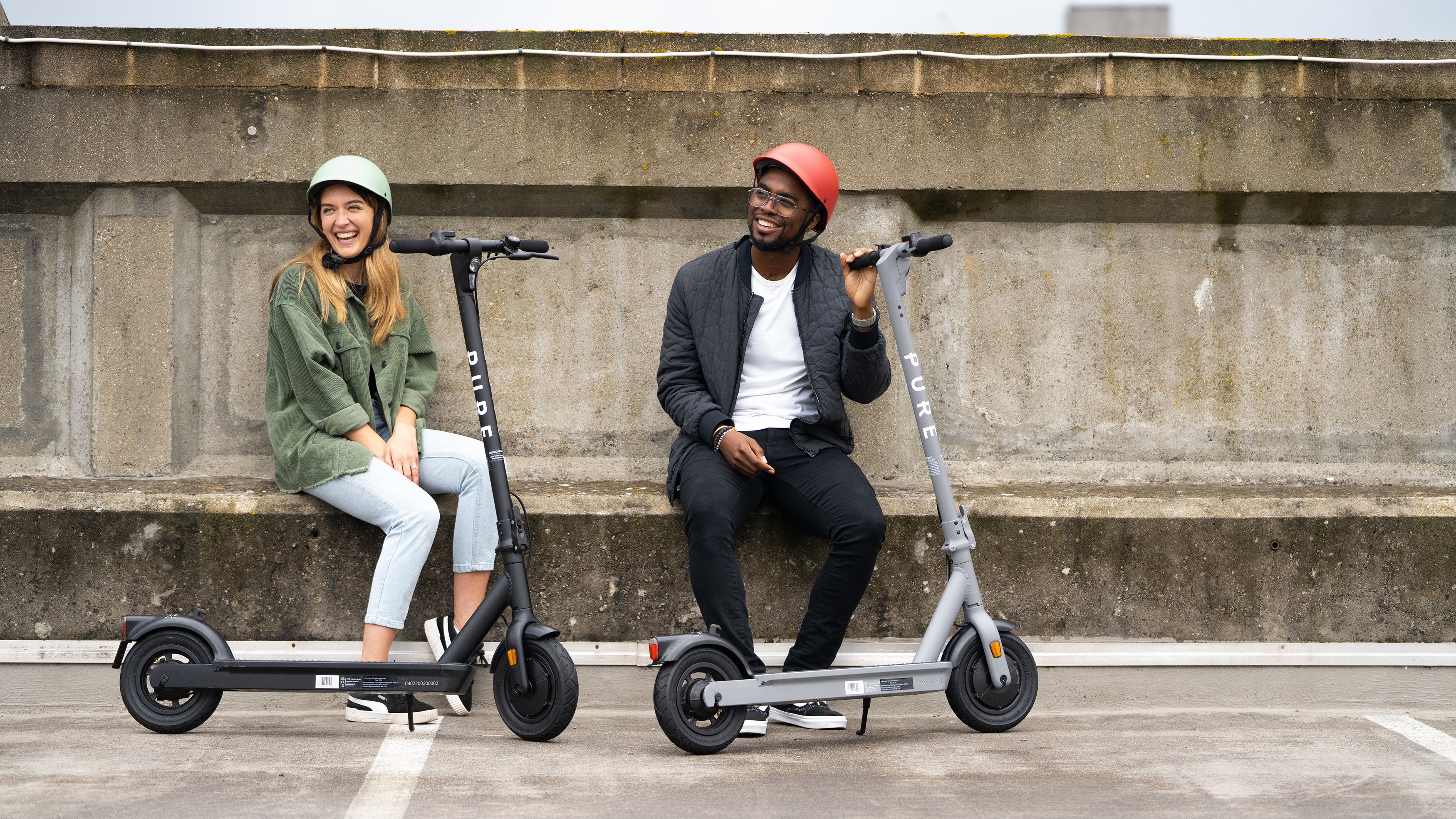
7. Check your tyres
When you ride an electric scooter you’re pretty close to the ground and you’ll feel every bump, diet and pothole. Your tyres make a big difference. Air-filled tyres are the best way to keep things smooth (check their pressure regularly and top-up with air from a bike pump when necessary), but you’ll also need to think about adding puncture-protection fluid because punctures are always a possibility.
To completely avoid punctures, choose an electric scooter with solid tyres, though unless there’s a suspension system that might mean a slightly rougher ride. Either way, check your tyres regularly to make sure there’s enough tread to ensure you get good grip.
For more tips on this, check out T3's guide to electric scooter maintenance.
Liked this?
- Best cheap electric scooter deals
- Read T3's full Pure Air Pro (2021) review
Jamie is a freelance journalist, copywriter and author with 20 years' experience. He's written journalism for over 50 publications and websites and, when he's not writing, spending most of his time travelling – putting the latest travel tech through its paces.
-
 This smart home gadget can tell you when to water, feed and move your houseplants
This smart home gadget can tell you when to water, feed and move your houseplantsStress-free plant care? Yes please
By Lizzie Wilmot
-
 Strava just bought Runna and we got the inside story from both CEOs
Strava just bought Runna and we got the inside story from both CEOsNo, Runna isn’t going anywhere – and no, your subscription won’t get more expensive (for now)
By Matt Kollat